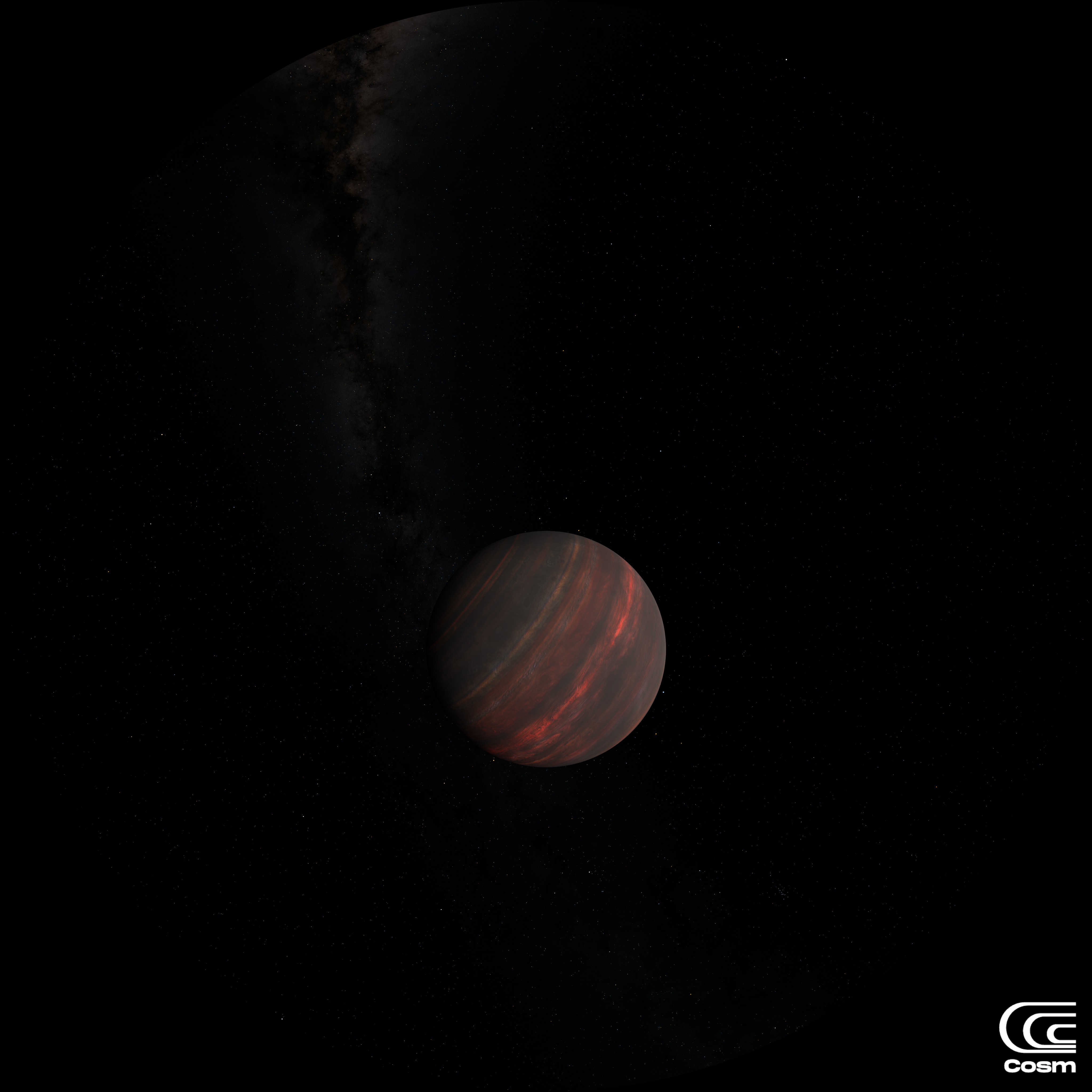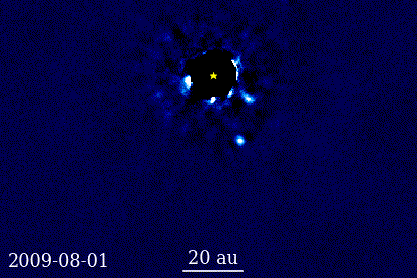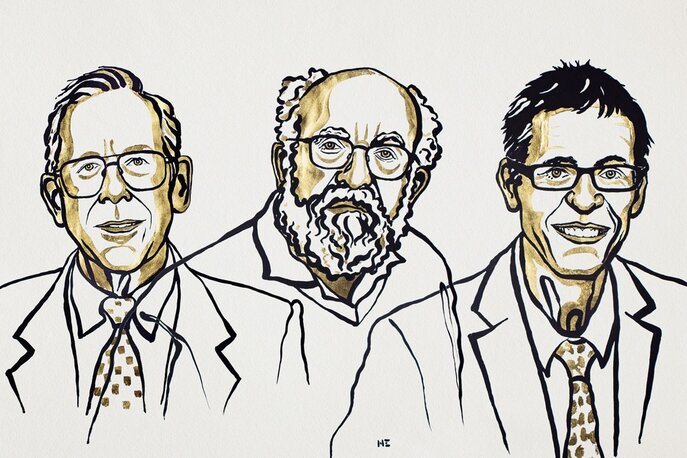
On 6 October 1995, the Swiss astrophysicist Michel Mayor and his then Swiss doctoral student Didier Queloz from the University of Geneva announced the discovery of the first planet around another star!
The cover image by Laurent Gillieron / Keystone via Associated Press shows Michel Mayor and Didier Queloz with the 1995 issue of Nature in which their work was published.
Planets outside our solar system are generally referred to as exoplanets.
Exoplanets, as well as planets, are objects with a mass that is too small for star-type nuclear fusion to take place. They move around stars, brown dwarfs (faint star-like objects) and stellar remnants.
But how can planets be found outside our solar system?
Direct observation
A fraction of exoplanets have been discovered by direct observation.
However, this is very difficult due to the great luminosity of a star and the comparatively low brightness of its planet and has only been possible with very large planets and at a great distance from their star. As in this example of the HR 8799 system with its four planets, which are far larger than our largest planet Jupiter, but are only visible if the star in the centre is covered.

Transit method
A large part of the discoveries are due to indirect methods - above all the transit method.
For these observations, we look at the star-planet system from the side, which is why the star is eclipsed at regular intervals, depending on the properties of the exoplanet. This decrease in brightness can be measured and information about the planet such as size, distance, orbit and even atmosphere and consistency can be obtained.
Radial speed
Another method is to measure the radial speed.
Everyone has driven past an emergency vehicle with a siren. If the vehicle is approaching you, the siren sounds high, if it is moving away, the sound becomes lower. This is known as the Doppler effect. This also occurs with light. If a star is moving towards us, it appears bluer, if it is moving away from us, its light shifts to a reddish colour.
Planets don't just move around the stars, but in reality the star and planet move around a common centre. By analogy, you can imagine a hammer throw in athletics, in which not only the hammer swings around the thrower, but the thrower also moves around its centre of mass. Applied to the star, this means that the star also moves in a circle and thus once away from us and then towards us again. Its light is measurably shifted into a bluish and reddish colour, which proves the existence of another object. This allows us to conclude the existence of an exoplanet.
Gravitational lenses
The third most common method of finding exoplanets utilises their gravitational effect. Due to their mass, exoplanets distort the light of stars that lie far behind them. You can think of the star system with the exoplanet as a glass lens that distorts light from stars behind it. This distortion is then measured by telescopes in order to draw conclusions about exoplanets.
There are more methods, but over 96% of exoplanets have been discovered using these four methods!
This includes the exoplanet 51 Pegasi b, which was discovered by Mayor and Queloz exactly 30 years ago!
The youth group of the Lucerne Astronomical Society officially renamed it Dimidium in 2015 and the star around which Dimidium orbits is now also called Helvetios! The system is located in the constellation Pegasus, but is not actually the first planet discovered outside our solar system. Three years earlier, in 1992, two planets had already been found around a stellar remnant, a pulsar. The explanation of what exactly these objects are, however, is worth a blog entry of its own.
For the discovery of the first exoplanet orbiting a star, Michel Mayor and Didier Queloz together with James Peebles received the Nobel Prize in Physics in 2019! (Image copyright © Nobel Media 2019. Illustration: Niklas Elmehed.) In May 2025, we had the pleasure of welcoming Nobel Prize winner and now founder and director of the Centre for Origin and Prevalence of Live at ETH Zurich Didier Queloz to the Planetarium - you can find out more about this event here!

Author

Dorothea Holzschuh
Teamleader Planetarium